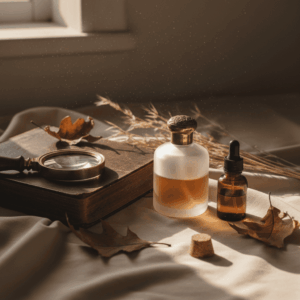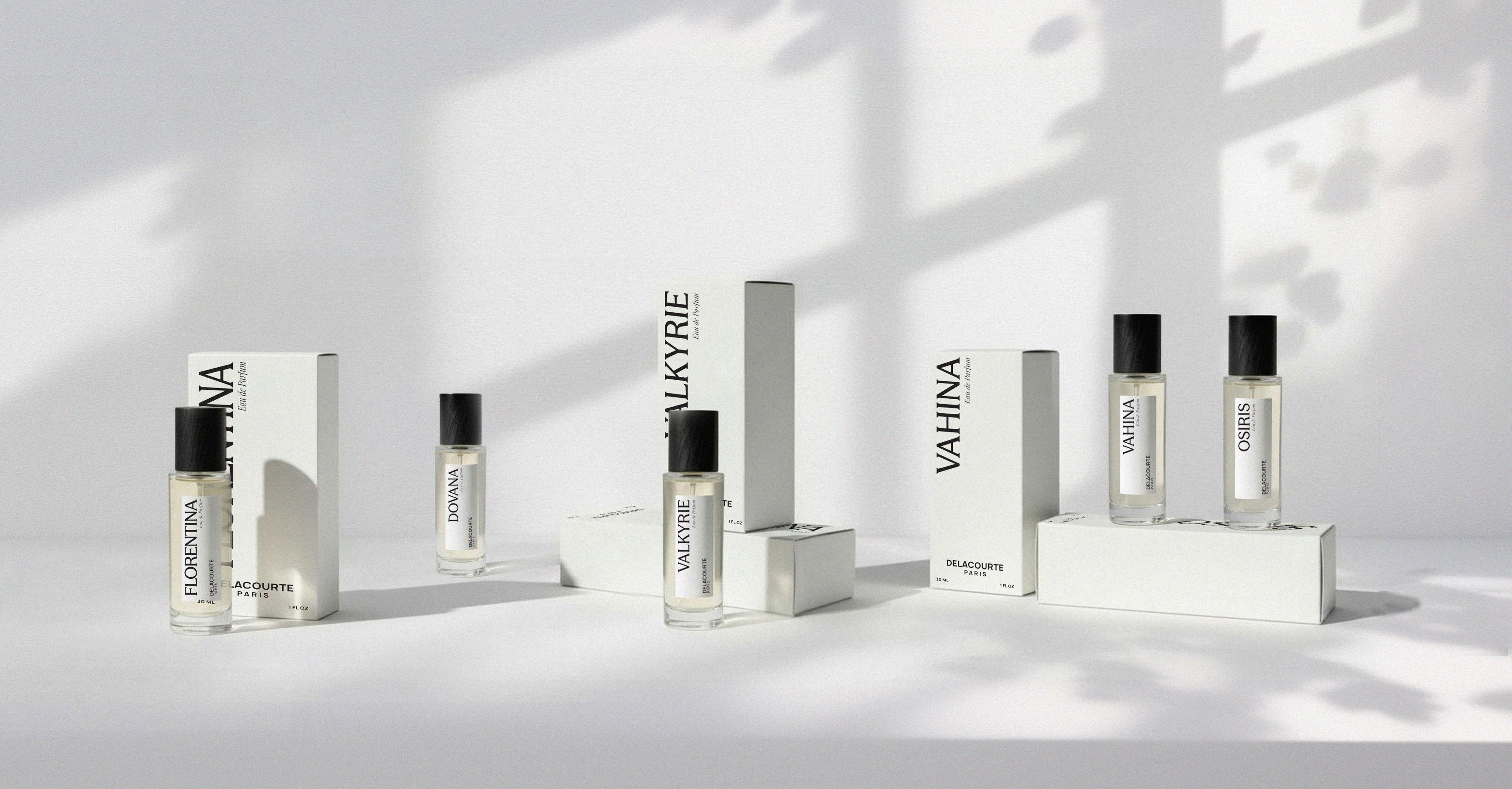Animal musk was once among the animal-based raw materials used in perfumery, along with civet, castoreum, ambergris, and hyraceum. It is now extremely rare, though a few brands still use it today.

Today, many alternatives make it possible to avoid these animal-derived ingredients.
“There are fresh scents like children’s skin
Soft like oboes, green like meadows
And others, corrupt, rich and triumphant
Expanding like infinite things
Like amber, musk, benzoin, and incense
Singing the transports of soul and sense”
— Correspondences, Baudelaire
Brief History of Musk in Perfumery
Discovered in 330 BCE by Alexander the Great, musk quickly gained popularity among perfumers for its strong aroma and lasting power. Even in small amounts, it added softness, sensuality, and depth to compositions.
Widely used in early 20th-century perfumery, animal musk also served as a fixative in base notes. The Egyptians and other ancient cultures valued its powerful sillage and persistence.
What Is Animal Musk?
Musk is secreted by the abdominal glands of male musk deer (also called musk-producing chevrotains) during the mating season. There are three species: Siberian, Himalayan, and Black musk deer.
The Musk Deer
Resembling a small deer (50–70 cm tall, 10–17 kg), only the male produces musk. In the 1960s–70s, the hunt was lucrative — up to 400,000 francs per kilo. In Asia, musk is still used for its supposed aphrodisiac or medicinal benefits.
Despite current protection laws, the species is still subject to poaching. Captive farming began in China in 1988, allowing for 10–12 extractions in a musk deer’s lifetime. However, results were poor: the species is solitary, reproduces poorly, and fights occur in overcrowded enclosures.
Musk in Perfumery
Natural musk has a strong, animalic odor, often compared to black coffee. In contrast, white musks are synthetic, clean, and soft — used widely today as base notes.
How Musk Was Extracted
The traditional method involved inserting a small silver spoon into the musk gland — done without anesthesia. The extracted grains were then macerated in 96° alcohol to create a cold tincture (sometimes hot infusions), aged for 18 months in large dames-jeannes (glass demijohns).
Grades of Musk
- Tonkin Musk (from the Himalayas — highly sought-after)
- Assam Musk
- Kabardin Musk (weaker potency)
- Tawpee Musk
- Yunnan Musk
- Bouchara Musk
Tonkin musk contains muscone, its key aroma molecule — now replicated synthetically.
Frauds and Fakes
Due to its high price, musk has long been subject to fraud. Glands were emptied and filled with blood, fur, soil, or tea leaves. Genuine musk is syrupy, dark brown, and hardens when exposed to air.
Modern Alternatives to Animal Musk
Thanks to WWF and regulatory actions, animal musk is banned in modern perfumery. Alternatives include:
- Synthetic musks (like muscone, white musks)
- Jasmine: contains indole with an animalic facet
- Paracresol (synthetic animalic molecule)
- Plant-based musks: ambrette seed
- “Dirty” vegetal notes: cumin, costus, labdanum, sage, atlas cedar, hyssop, osmanthus, leather…
- Hyraceum: fossilized urine of African rodents, legally used today
Thus, musky facets are preserved without using animals. You can explore this olfactory work in the perfumes Florentina and Dovana.
